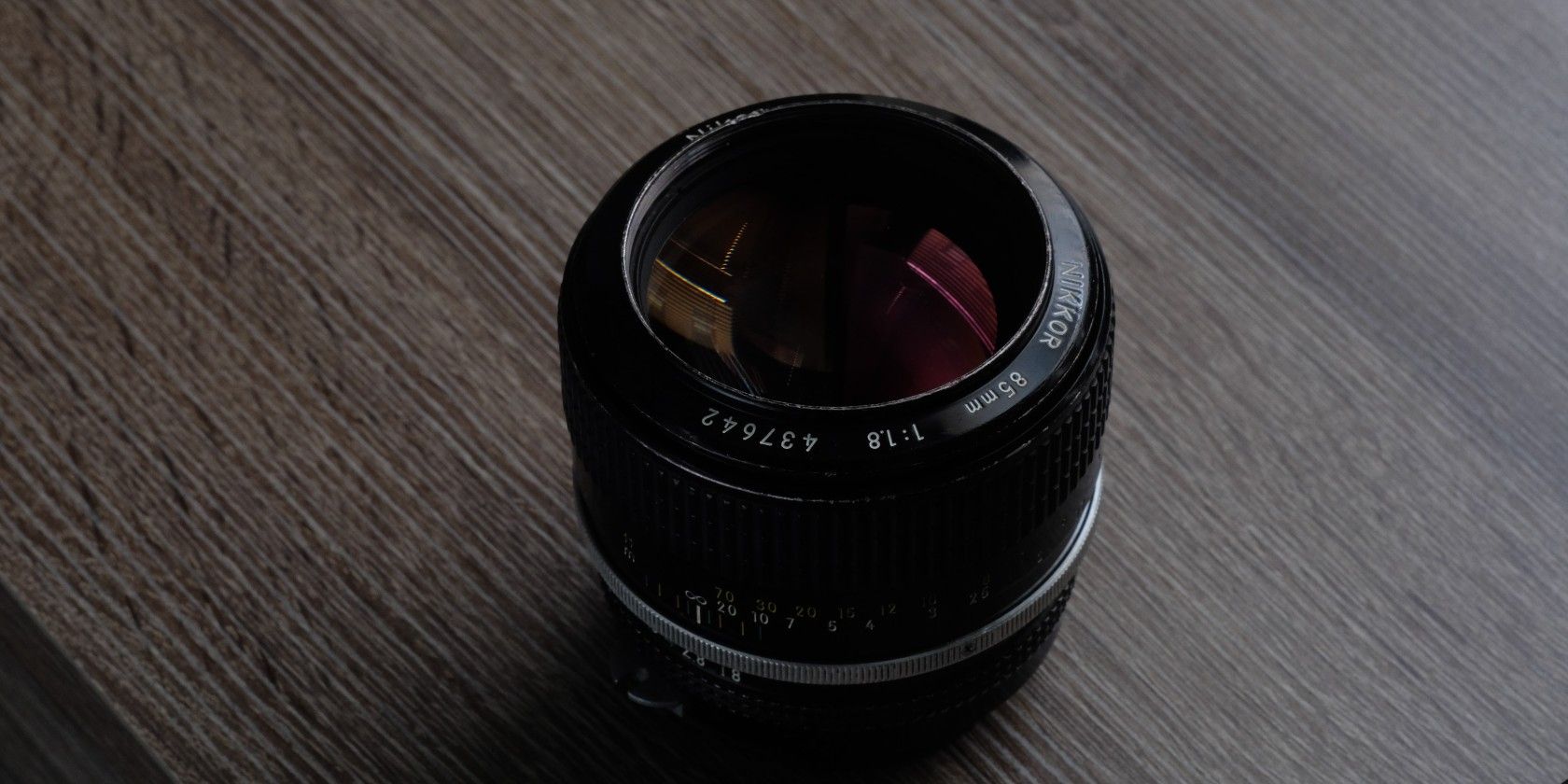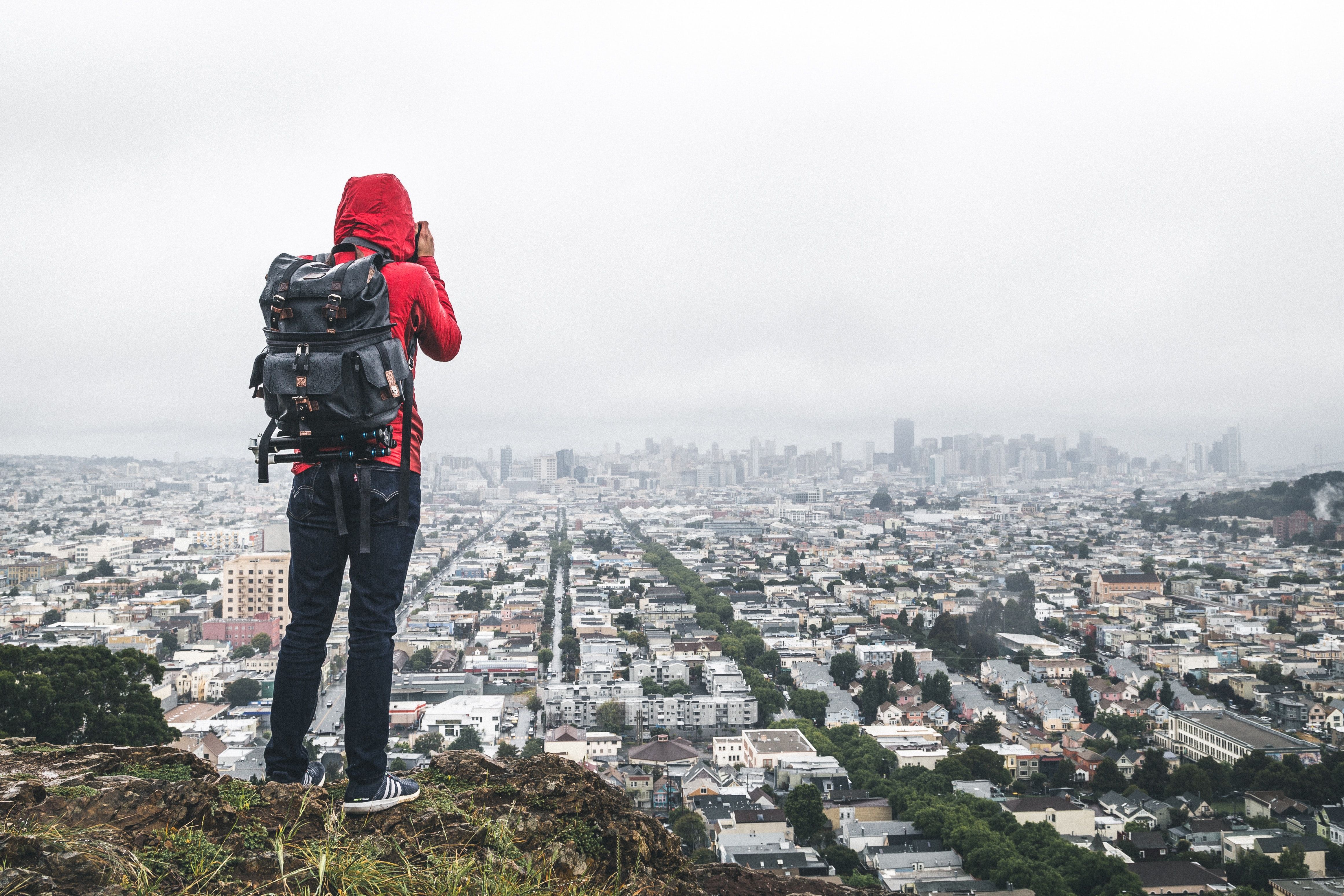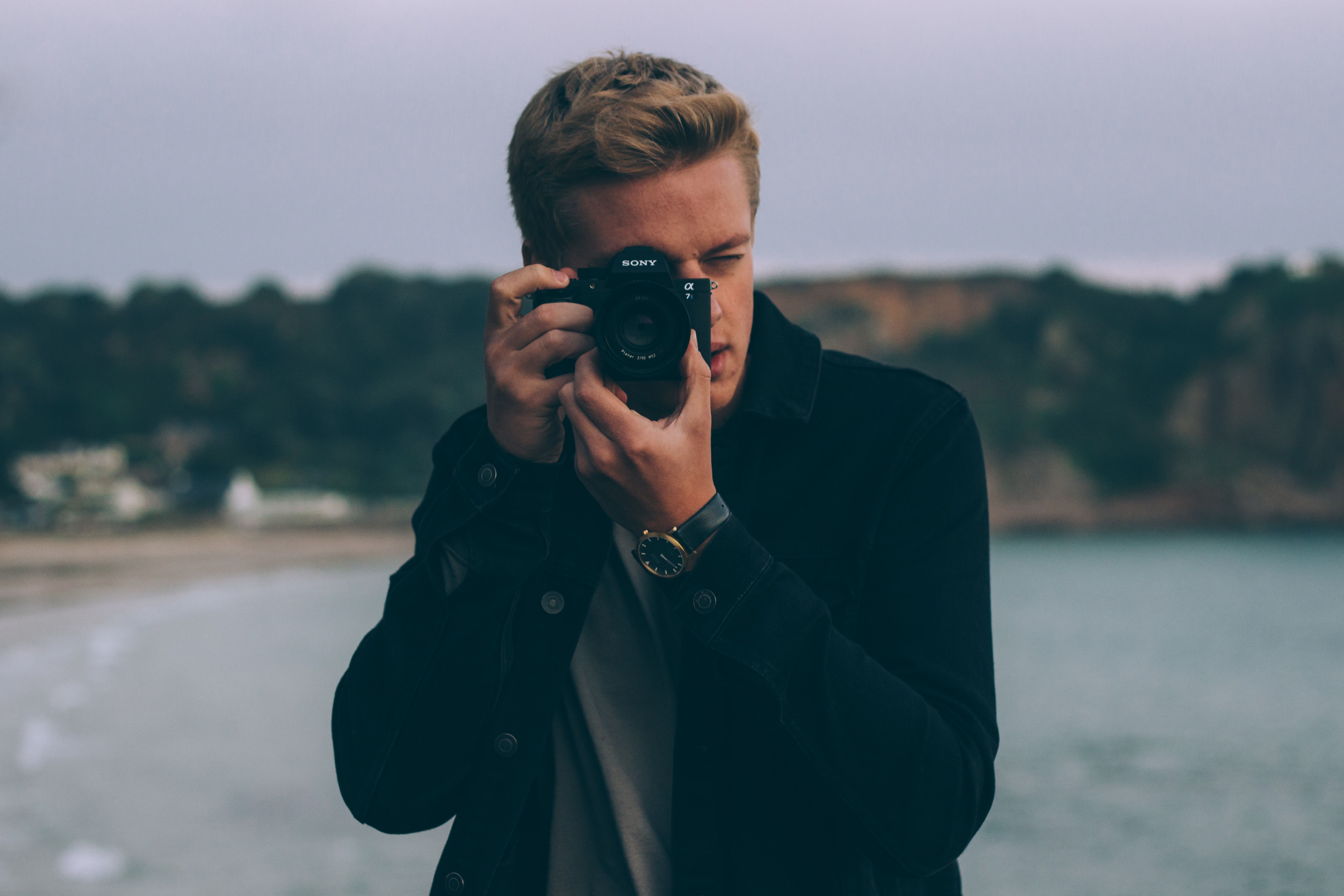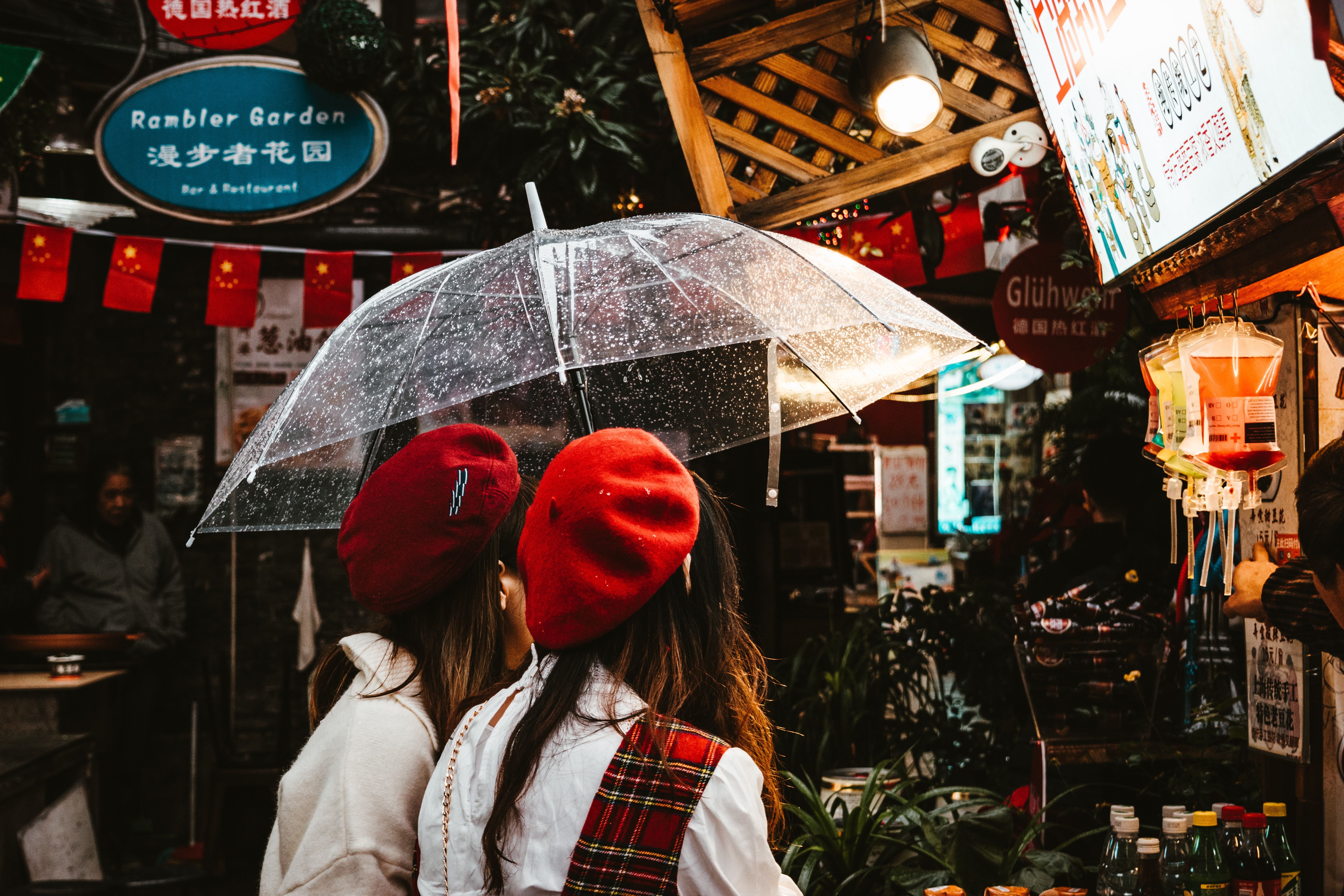If you’ve been doing photography for a while with a mirrorless or DSLR camera, you might have started thinking about upgrading your lens.
After getting used to the kit lens, many photographers choose to try out a prime lens as the next step. Having one can stimulate your creativity and potentially give you more options when taking pictures.
This article will identify what a prime lens is, how it differs from zoom lenses, and will also go over several things you should consider before buying your first one.
What Is a Prime Lens?
A prime lens is a lens with a fixed focal length. This means that, unlike a zoom lens, you can't zoom in or out when taking photographs.
While you have less room for maneuvering when zooming, various benefits are associated with using a prime lens. In addition to photography, you can also use prime lenses for videos.
The Benefits of Using a Prime Lens
In some cases, using a prime lens can inspire you to be more creative.
Since you can’t zoom in or out, you’ll often need to think outside the box to capture an interesting image. For example, you may find yourself crouching down or shooting through gaps to document a more unique angle. And if you want a closer shot, you’ll need to step forward.
If you’re looking to downsize your camera bag, prime lenses also take up less space in some cases. So, if you’re looking for one to accompany your travels, they’re a great option.
Now that you’ve got a basic idea of what you can gain from using a prime lens, we’ll identify several elements you should consider before buying your first one.
1. Do You Even Need a Prime Lens?
This is the most important question to ask.
If you search for articles about prime lenses online, you’ll see various articles stating that all photographers should own one. However, this isn’t necessarily true.
Consider why you want, or feel like you need, a prime lens. Will owning one help to further your photography goals? Or, are you looking to purchase one just because you’ve heard that it’s necessary for becoming a great photographer?
If you want to casually take pictures as a hobby, using your zoom lens will work just fine. Similarly, if you don’t want the hassle of changing lenses, you might want to stick with one that lets you zoom in and out.
2. Your Purpose for Using the Lens
If you have never used a lens beyond the one that came with your camera before, you might still be exploring which type of photography you like best. If this is the case, an all-rounder could be your best bet.
A 50mm lens—often also known as the “nifty fifty”—is a popular choice for the above scenario.
If you’re into street photography, you might want something a little wider. Doing so will allow you to get more of the scene you’re shooting in a single frame. In this case, a 35mm lens could work for you.
The 35mm lens is also a useful option if you’re either a photojournalist or are looking to get into that field. It’s small, light, and easy to carry around. Moreover, this lens is non-intrusive.
At the other end of the spectrum, you can opt for something like an 85mm lens if you want to take portraits. You’ll have a narrower focus, and the people in your photographs will look closer to what you would see with the naked eye.
3. Weight and Size
Besides images alone, it’s also a good idea to consider the weight and size you’re willing to carry around. If you buy an 85mm lens but find bringing it with you is a burden, chances are, you will not use it as much.
When you buy bigger lenses, it’s also wise to think about additional costs. While you can fit some smaller prime lenses in your pocket, you might need to buy extra bags for larger ones.
4. The Weather You’re Going to Shoot In
Considering the location(s) where you plan on shooting in with your prime lens is also essential. If you’re only going to use it indoors, weather sealing will not be your top priority.
On the flip side, let’s say that you’re going to spend a lot of time outdoors. In this case, it’s wise to invest in a weather-sealed lens. This is especially true if you live somewhere where it rains a lot or is prone to extreme weather.
Remember, though, while weather sealing offers more protection when shooting in non-ideal conditions, it does not mean your equipment is invincible. You should still take care of your equipment the same way you would with non-weather-sealed gadgets.
5. Price and Budget
Regardless of the prime lens you choose, be smart with your money. Owning a prime lens is not worth being unable to pay your bills or groceries for the next month.
Factor in how much you can afford to spend when choosing your lens. If you want one that you don’t have the means to buy right now, make a plan to set aside some money each month. Not only is this more sustainable, but it will also feel more rewarding once you can finally afford it.
If you’re not going to use your lens that often, you might want to look at renting one instead. There are various online marketplaces where you can loan equipment for a certain amount of time, have it shipped directly to you and return it once you’re finished.
Can You Benefit From a Prime Lens?
Prime lenses can be an excellent way for you to improve your photography. Having one can encourage you to get creative, capture more exciting angles, hone in on a specific style, and motivate you to take more pictures.
Once you’ve decided that you need a prime lens, consider what you would use it for and your budget. And if you can, visit a store and try out a variety of different ones for yourself.





